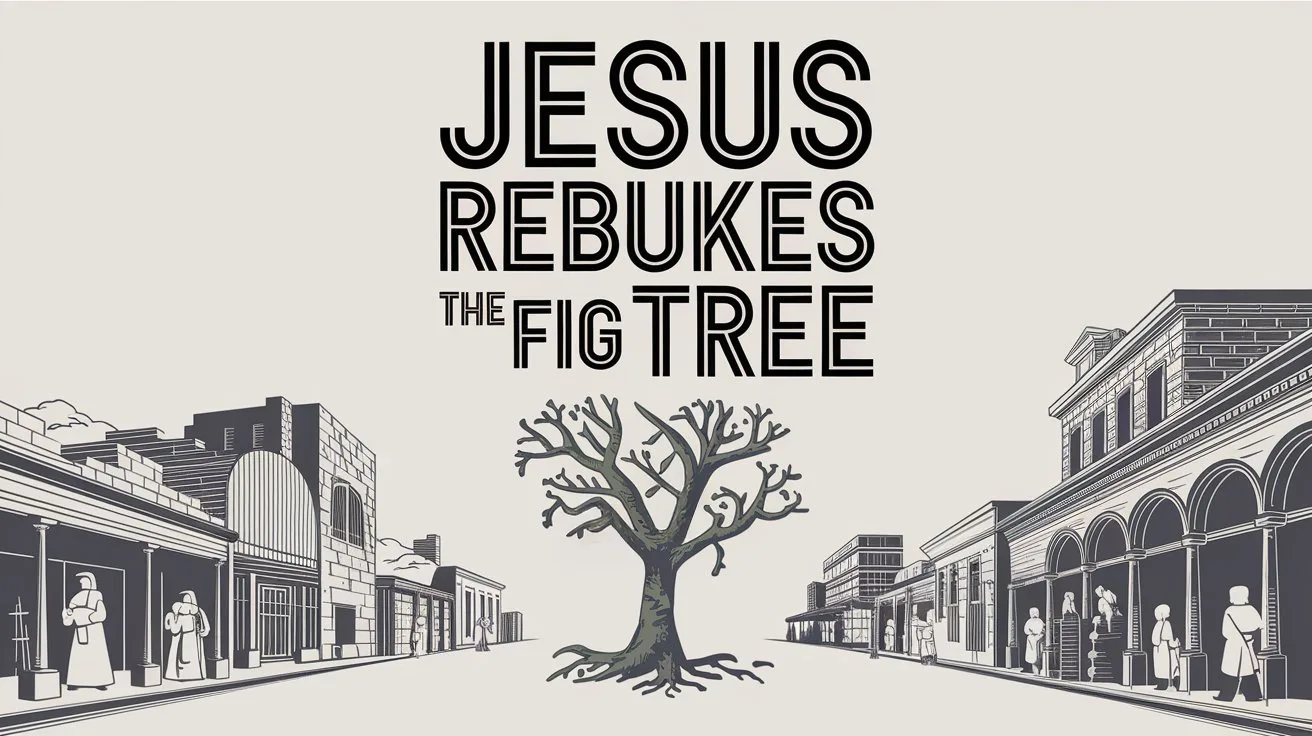Fig trees are frequently used in Scripture to symbolize prosperity, peace, judgment, and spiritual fruitfulness, or the lack thereof. They were common in ancient Israel and served both practical and symbolic roles.
In the Old Testament, the fig tree is often a sign of blessing and security. 1 Kings 4:25 describes Solomon’s peaceful reign:
“And Judah and Israel dwelt safely… every man under his vine and his fig tree…”
This imagery reflects personal abundance and rest. It recurs in Micah 4:4 to describe the peace of God’s future kingdom.
Fig trees also symbolize spiritual fruit. In Proverbs 27:18:
“Whoever keeps the fig tree will eat its fruit; so he who waits on his master will be honored.”
However, fig trees can also represent unfaithfulness or hypocrisy when barren. In Jeremiah 8:13, God pronounces judgment:
“‘I will surely consume them,’ says the Lord. ‘No grapes shall be on the vine, nor figs on the fig tree…’”
The most notable New Testament account is when Jesus curses the barren fig tree. Matthew 21:19 records:
“And seeing a fig tree by the road, He came to it and found nothing on it but leaves, and said to it, ‘Let no fruit grow on you ever again.’ Immediately the fig tree withered away.”
This act symbolized judgment on Israel for its outward appearance of religiosity but lack of genuine spiritual fruit.
Jesus also used the fig tree in a parable about recognizing signs of the times. Matthew 24:32 says:
“Now learn this parable from the fig tree: When its branch has already become tender… you know that summer is near.”
In short, the fig tree serves as a mirror for spiritual health. When fruitful, it reflects blessing and obedience. When barren, it reveals judgment and failure.







